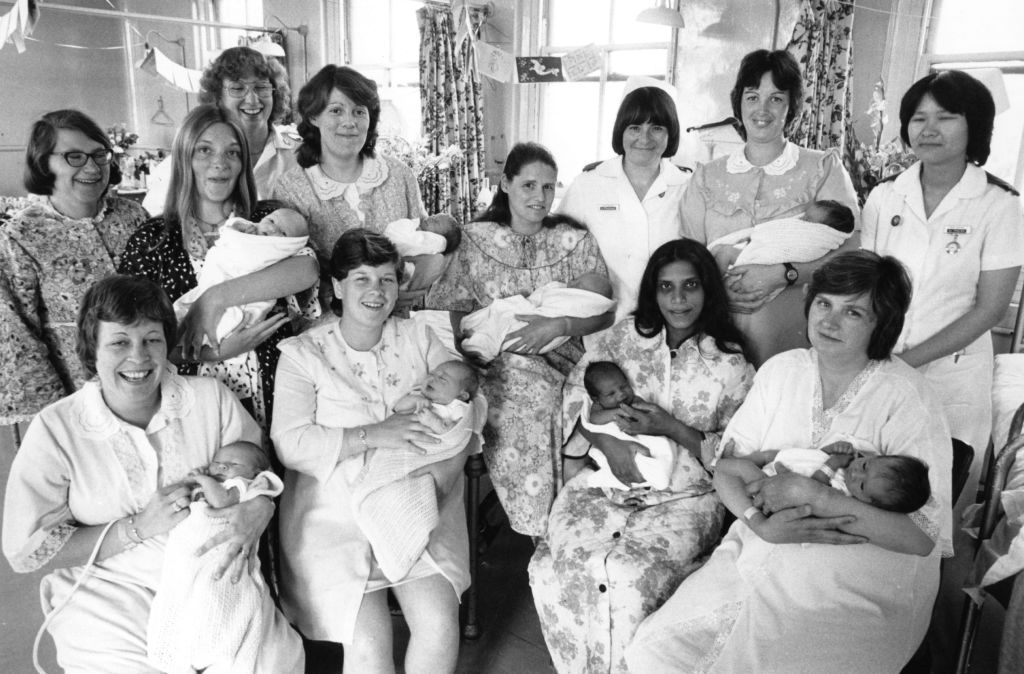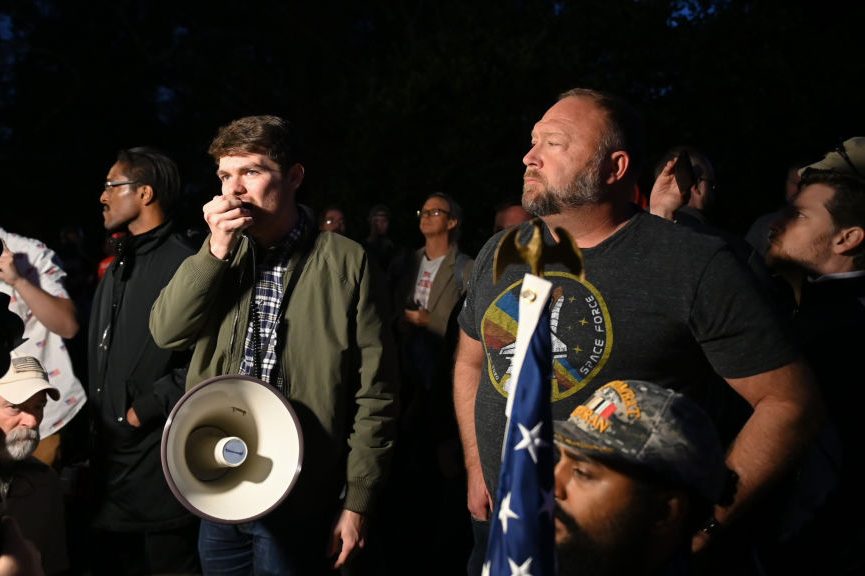My husband and I recently attended the virtual childbirth classes offered by the hospital where I am registered to deliver our first child. We are classic first-time parents. We have no idea what to expect. Excited and terrified, we’re aware that no matter how much we prepare, there is really no way to. So we signed up for the six-hour class on a Saturday, hoping to get some sense of what labor would be like and the standard procedures at the hospital. The three nurses who taught the class had been bringing babies into the world for well over a decade. They seemed funny and capable.
However, it wasn’t long into the training before they started referring to us as variations on a theme of pregnant: “pregnant people,” “pregnant persons,” “birthing persons.” This didn’t come naturally; the nurses stumbled over the words like they just got out of their Diversity and Inclusion indoctrination (sorry, training), often correcting themselves as they were about to say (gasp!) “women.” I’m aware enough of my own biases to recognize that, being a woman who lives and breathes the culture wars, I’m probably more sensitive to this stuff than most people. But I resolved to ignore it and focus on the class.
We had an enormous amount of material to cover in a short time, so we dove right in. The nurses used a knitted uterus to demonstrate what actually happens with contractions. The uterus itself is fascinating: a muscular organ that grows from the size of an orange to a watermelon during pregnancy and then shrinks back after you give birth. Even more incredible is the way the contractions are actually this muscle pulling out and pushing down in order to open the cervix — which will (hopefully) dilate to a whopping ten centimeters in order to get that baby out of there.
We went over the different stages of labor. Early labor. Active labor. The transition phase. We learned horrific terms like “lightning crotch” and “ring of fire.” There was a terrifying segment on labor complications. We briefly touched on breastfeeding and the postpartum period. The entire class, all I could think was, “Being a woman is gnarly.”
Using a pelvic-cradle model, they showed us how the female pelvis is specifically designed in order to make room for the baby to move through. The baby knows to tuck its head. It knows to make a quarter turn to get the rest of its body out. Both my husband and I got emotional as they demonstrated with a doll the way the baby descends through the pelvis and makes its way into the world: the excruciating, beautiful dance of life between a mother and her infant.
The whole process is mind-boggling and miraculous. The stakes are incredibly high and, even with all our medical advances, there is always a chance something goes wrong with mother or baby or both. As I absorbed this information, I found myself in awe of every woman who had ever come before me. It was overwhelming to think about how women have carried this species on their backs and in their wombs — and at a huge cost.
That thought made it harder and harder to hear the nurses’ clumsy attempts at ridiculous, dehumanizing terms like “birthing person.” After five and half hours of this, I was in tears. They were tears of rage and frustration (and pregnancy hormones). It’s infuriating. And it’s everywhere. Birthing person. Person who menstruates. Vulva owner. Uterus-haver. Bleeder. Breeder. Pregnant people. These are the politically correct terms we have now been reduced to in order to placate a very small number of people. For all the talk about lived experience, the lived experience of billions of women is discounted. For all the Trump-era hyperbole about everything literally being The Handmaid’s Tale, progressive orthodoxy has settled on language that could hardly sound more Handmaidsy.
For years, whenever anyone — a radical feminist, a traditional conservative, neither — tried to suggest the problems with this newspeak, the standard response was that she was hysterical. This was just a fringe internet phenomenon. “Twitter isn’t real life, Bridget.” But now we have a Supreme Court justice who can’t, or at least won’t, define what a woman is. We have biological men competing in women’s sports. We have nurses going out of their way to avoid saying the dirty w-word in a birth class at one of the biggest hospitals in Los Angeles. In an effort to make everything inclusive, we are erasing women. Again. And we’re supposed to just shut up and take it.
Fuck that. We’ve come too far, and fought too hard to be heard, to be treated as nothing more than property or a vehicle to produce an heir. We deserve better than being reduced to the sum of our biological parts and functions. We need to push back against this madness. We’re not bleeders or birthing persons or people who menstruate or pregnant people. We’re women!
This article was originally published in The Spectator’s May 2022 World edition.

























